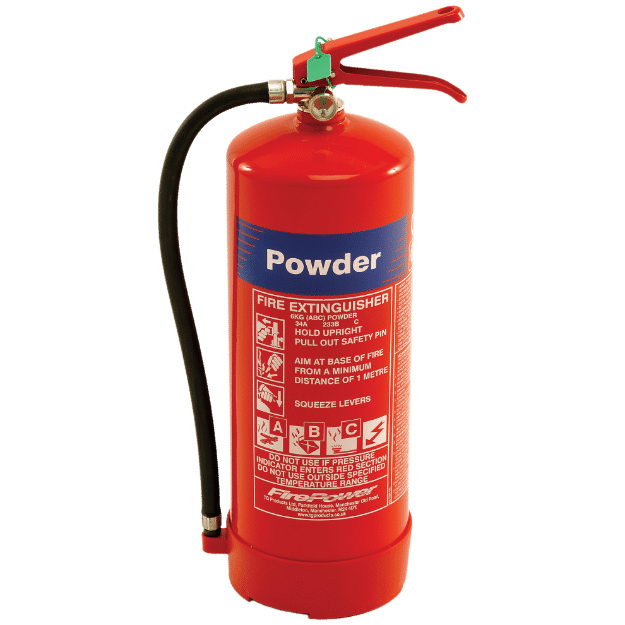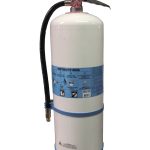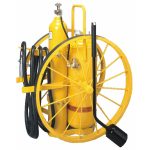Electrical fires can strike unexpectedly and can pose serious risks to your property and safety. In Singapore, with its high-rise buildings and dense population, understanding the best electrical fire extinguisher classes is crucial for ensuring safety at home and in businesses. This article provides an overview of electrical fire hazards, the different classes of fire extinguishers, and recommendations for the best types to keep on hand. Being informed can empower you to act decisively in an emergency.
Introduction to Fire Safety in Singapore
In Singapore, being prepared for a fire emergency is crucial. Knowing about fire safety can save lives and property. Fire extinguishers play an important role in fire safety measures at homes and businesses. Selecting the right type of fire extinguisher is a fundamental step in ensuring efficient and effective response to fire outbreaks.
Understanding Fire Classifications
Singapore classifies fires into several categories, which are essential to understand when choosing a fire extinguisher. Class A fires involve common combustible materials like wood or paper, while Class B covers flammable liquids. Classes C and D involve flammable gases and combustible metals, respectively, and Class F includes cooking oils and fats. Electrical fires, while not a separate class, require special attention due to their unique risks.
Importance of the Right Fire Extinguisher
Choosing the correct fire extinguisher class is crucial, especially for electrical fires. Using the wrong extinguisher can worsen the situation and even pose serious dangers. Fires need specific extinguishing agents to be addressed safely and effectively. For electrical fires, using a non-conducting extinguishing agent is key to preventing further risks and effectively controlling the fire.
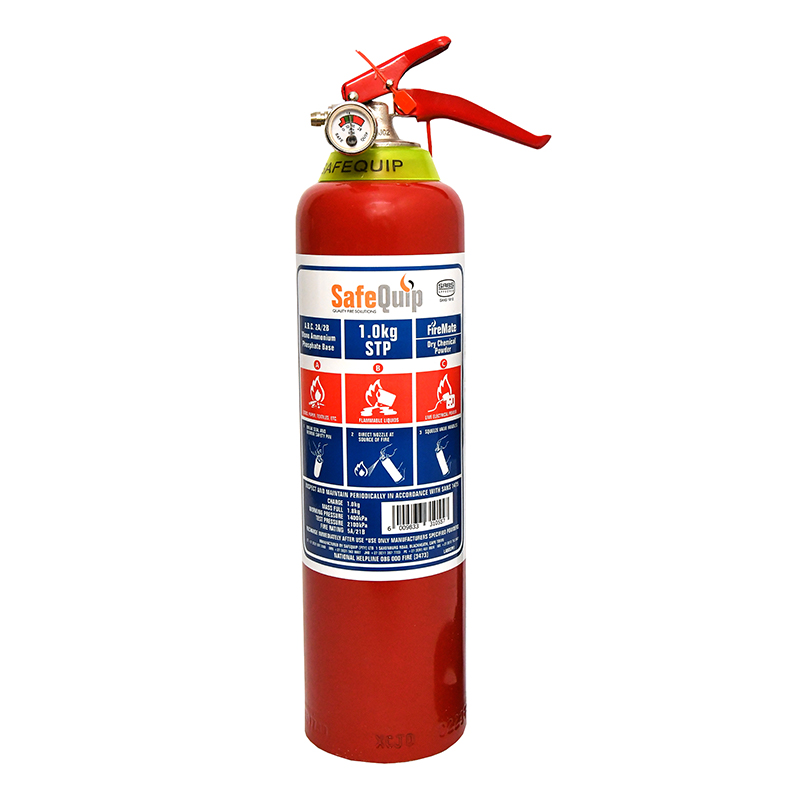
Identifying Electrical Fires
Electrical fires can be deceptive and dangerous if not identified quickly. Familiarity with their characteristics is key to a prompt and correct response.
Characteristics of Electrical Fires
Electrical fires typically start in wiring, fuse boxes, or electrical components. They may not produce flames immediately, making them hard to detect. They often produce a distinctive burning smell, melted outlets or switches, and sparks. It’s essential to recognize these signs to manage risks effectively.
Managing Electrical Fire Risks
Proper management of electrical fire risks involves regular inspection of electrical systems and the use of correct fire extinguishers. For instance, the electrical fire extinguisher class for such fires must be appropriate to prevent conductivity and additional hazards. Common identifiers like ‘CO2’ or ‘Dry Powder’ on extinguishers can guide you to choose the right one. Keep these extinguishers accessible and train people on their use to ensure safety.
Types of Fire Extinguishers Suitable for Electrical Fires
When addressing electrical fires, selecting the right type of fire extinguisher is crucial. Not all extinguishers are suitable for this kind of fire. Reflecting on the Singapore Standards and expert recommendations, we identify three main types of fire extinguishers that can be safely used on electrical fires.
Dry Powder Fire Extinguishers
Dry powder extinguishers are effective on various types of fires, including electrical. They contain a non-conductive extinguishing agent. This agent can smother fires by separating the element of fire from its fuel and oxygen. Plus, they do not damage the electrical components.
Carbon Dioxide (CO2) Fire Extinguishers
CO2 extinguishers are highly preferred for electrical fires. They release carbon dioxide, a gas that does not conduct electricity. This gas displaces the oxygen around the fire, which stops the burning process. CO2 extinguishers leave no residue, making them an ideal choice for electrical panels and sensitive equipment.
Clean Agent Fire Extinguishers
Clean agent extinguishers release a substance that does not leave a residue post-evaporation. These extinguishers are safe for electronic devices and critical data areas. They work by reducing the oxygen level and cooling the fire. They are useful for server rooms where electronic integrity is paramount.
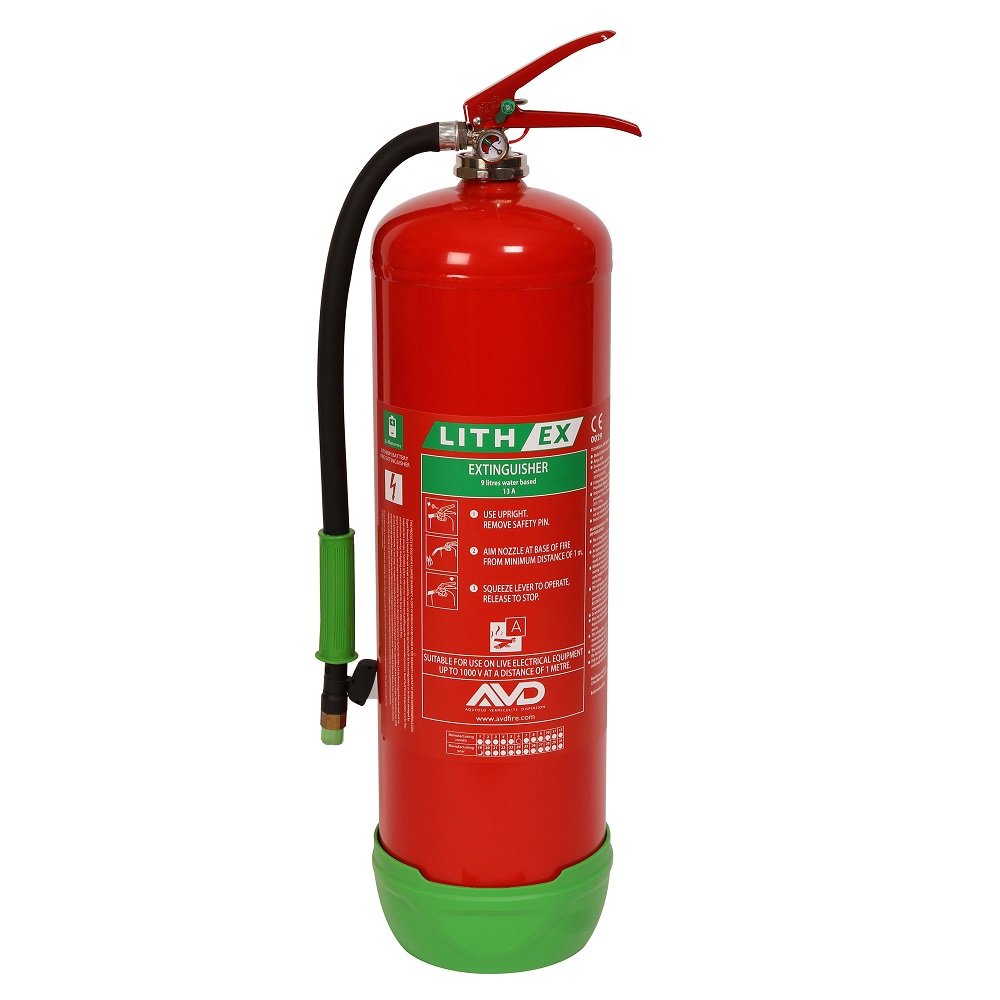
Limitations of Water-Based and Foam Extinguishers in Electrical Fires
When dealing with electrical fires, not all fire extinguishers are safe or effective. Water-based and foam extinguishers, while useful for certain classes of fires, have significant limitations in electrical emergencies.
Risks of Using Non-Suitable Extinguishers
Using a non-suitable extinguisher, like water or foam, on electrical fires can be dangerous. These agents conduct electricity, which can lead to electrocution. Moreover, they can cause additional damage to electrical equipment. Always choose the correct electrical fire extinguisher class for safety and efficacy.
Singapore Standards on Electrical Fire Extinguishers
When it comes to electrical fires, following the Singapore Standards is crucial. These standards ensure the use of proper extinguishing agents. They help to avoid further risks in electrical emergencies.
Compliance and Regulations
In Singapore, fire extinguishers must meet rigorous safety criteria. They should comply with the guidelines set by the Singapore Standards. These include specifications for the electrical fire extinguisher class suitable for different fire types. Fire extinguishers are labeled clearly. This helps users identify the right class for electrical fires. Compliance with these regulations is vital. It ensures safety and effectiveness in controlling fires.
Recommendations by Singapore Civil Defence Force (SCDF)
The SCDF provides clear recommendations for handling electrical fires. They advise on the best practices for managing such emergencies. For electrical fires, SCDF recommends the use of CO2 or dry powder fire extinguishers. They also suggest clean agent fire extinguishers for sensitive environments. Following SCDF’s guidance is essential for ensuring a rapid and safe response to electrical fires.
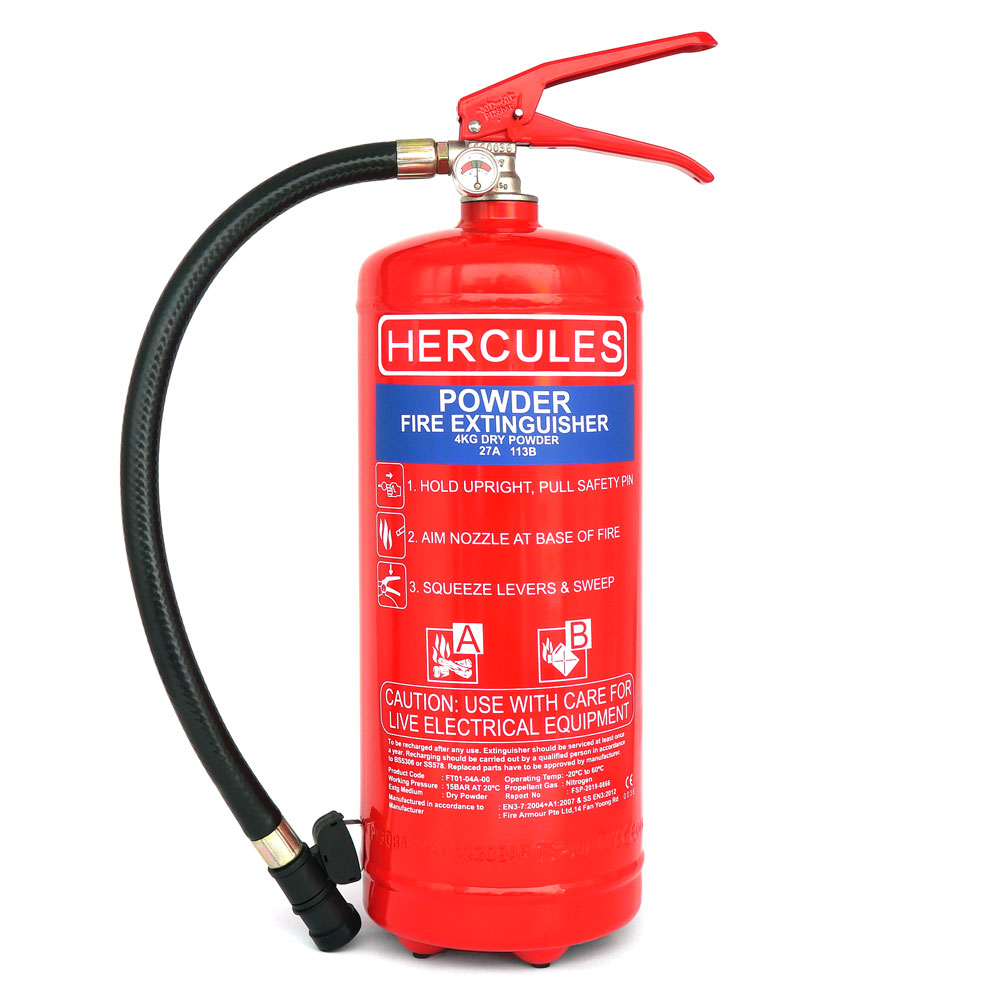
Selecting the Appropriate Extinguisher for Different Environments
When it comes to fire safety, different environments need specific fire extinguishers. Here, we cover what types might suit homes, commercial spaces, and industries.
Home Safety
In residential settings, it’s best to choose a multipurpose extinguisher, like an ABC dry powder model. These can handle most home fire types including electrical fires. Ensure that the extinguisher is easily accessible and all family members know how to use it. Remember to check for the electrical fire extinguisher class on the label before purchasing.
Commercial and Industrial Applications
In commercial and industrial areas, the risk factors increase. Large spaces often require CO2 extinguishers, known for their efficacy in electrical fires. In spaces with lots of electronic equipment, like data centers, opt for clean agent extinguishers. These won’t damage the machines. Industries dealing with specific hazards, like flammable metals, might need Class D extinguishers. Always refer to SCDF guidelines and the Singapore Standards when selecting extinguishers for these environments. This ensures compliance and safety.
Tips on Using Fire Extinguishers for Electrical Fires
Proper use of fire extinguishers during an electrical fire is crucial for safety.
Safe Operation Procedures
- Confirm the electrical fire extinguisher class before use to ensure it’s suitable for electrical fires.
- Stand back: Maintain a safe distance from the fire when using the extinguisher.
- Aim correctly: Target the base of the fire, not the flames, to smother the source.
- Sweep side to side: Move the extinguisher’s nozzle in a side-to-side motion.
- Be cautious not to touch electrical sources while using water-free extinguishers.
- Evacuate if needed: If the fire does not subside, exit the area and call for help.
Maintenance and Inspection Guidelines
- Check regularly: Examine extinguishers monthly for signs of wear or damage.
- Look for the seal and pressure gauge to see if they show signs of tampering or leakage.
- Stay prepared: Replace or service extinguishers immediately if faults or expirations are found.
- Keep records: Log inspection dates and maintenance actions for each extinguisher.
- Conduct professional inspections: Have a certified professional inspect your extinguishers annually.
- Train users: Provide training on proper use and maintenance to ensure everyone’s safety.
